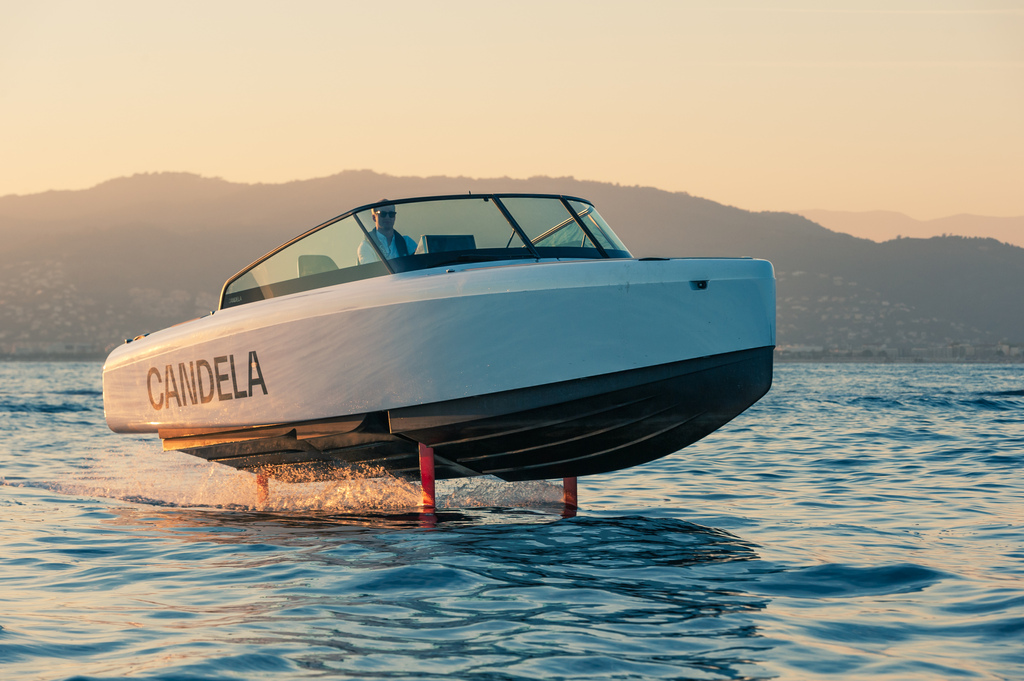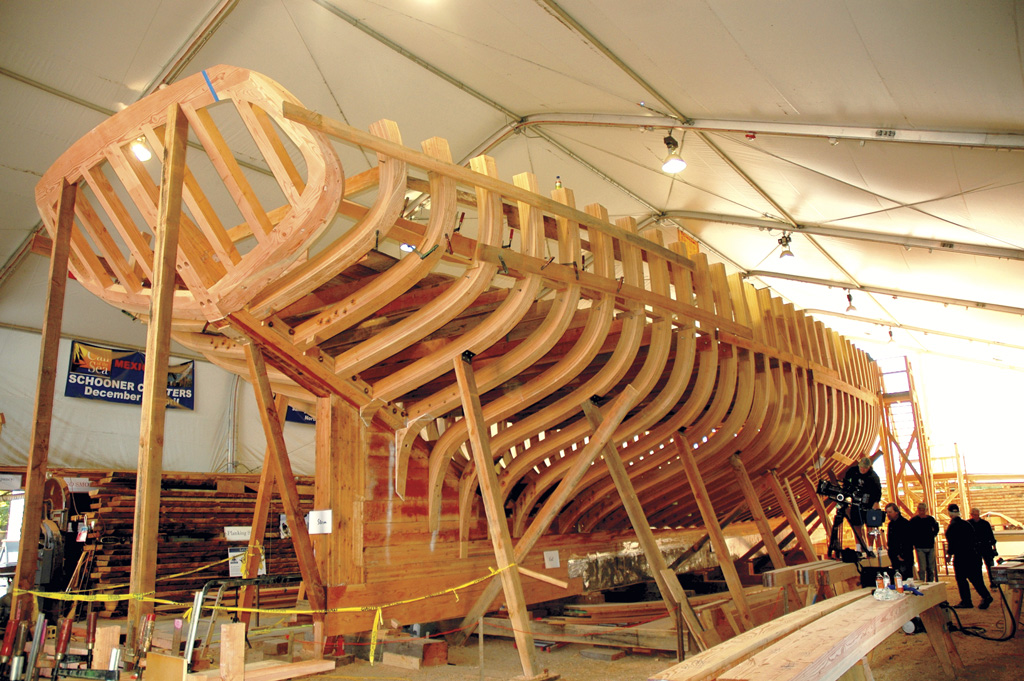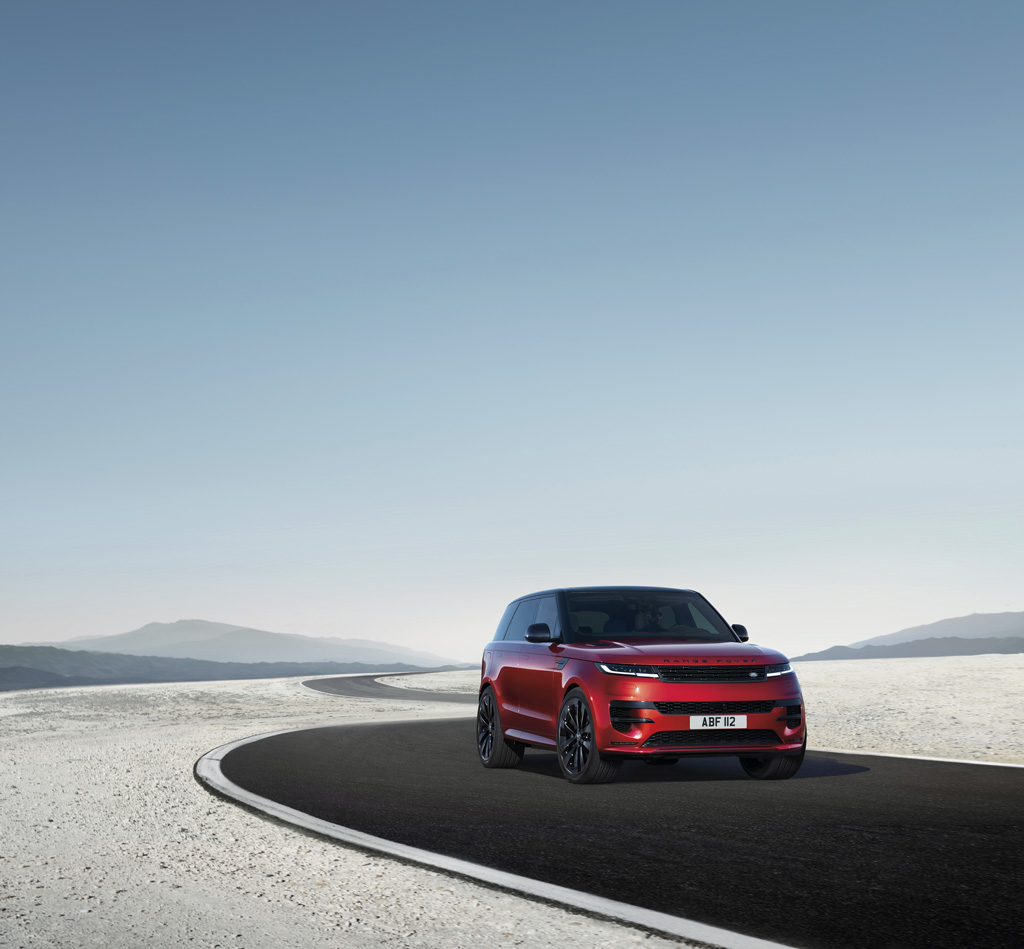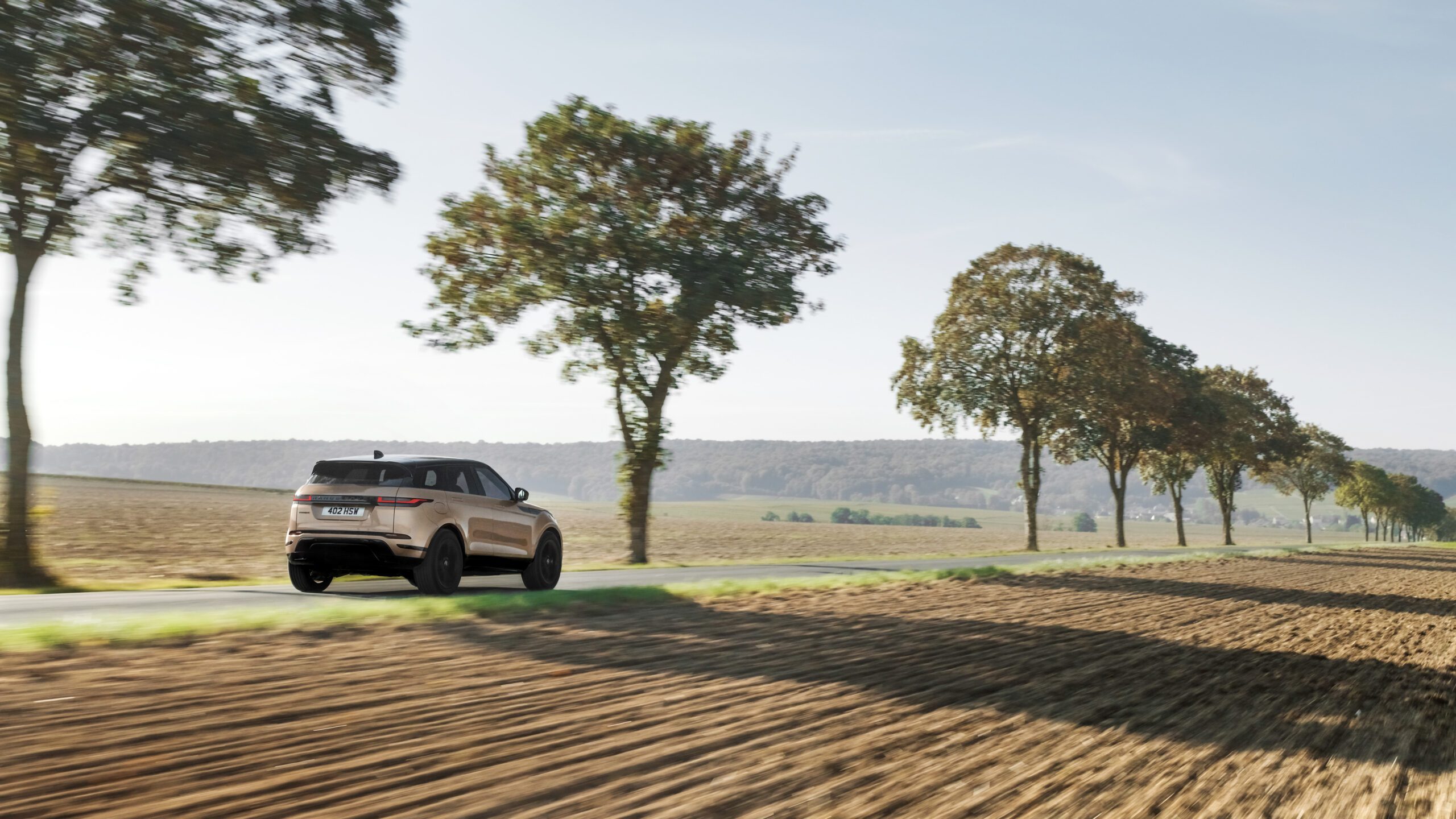Auto & Boats
Candela Is Partnering With Polestar For a Boating Experience Like Never Before
 Photo courtesy of Candela
Photo courtesy of CandelaEvery game-changing company has an origin myth. In the case of Candela, the Swedish electric boat manufacturer that opened a test drive center in Sausalito in April 2022, it began with an ice cream run. While vacationing in the Stockholm archipelago in 2013, Gustav Hasselskog, a mechanical engineer and entrepreneur, set off for the local fuel dock in a Bertram V8 powerboat to buy ice cream for his sons. While his sons enjoyed the treat, Hasselskog mused that thanks to the inherent inefficiencies of internal combustion engines and traditional motorboat design he’d just burned $50 in fuel to buy $5 worth of frozen desserts. Furthermore, he calculated, a 28-foot powerboat consumed 15 times more energy than a car.
As with automobiles, the solution to this imbalance lay in electrification, but a high-speed electric boat would only have sufficient range if the friction generated by a conventional hull were drastically reduced. In 2014, to that end, Hasselskog founded Candela, hiring a team of engineers with expertise in structural composite engineering, hydrodynamics, dynamic modeling, drone control systems and fighter jet flight control electronics, the latter especially pertinent, for the only way to significantly reduce drag was to build a boat that could fly. In 2016, Candela’s prototype achieved a target of more than 50 nautical miles at a speed of 22 knots on a single charge. Its secret weapon? Two hydrofoils, one near the craft’s center of gravity and a second, smaller one in the aft, which removed 50 percent of the drag compared to a conventional, planing boat.
In 2018, Candela began building its first series production boat, the C-7, powered by a 40 kWh lithium ion NMC battery pack and propelled by a pivoting, aft-mounted electric motor. A computer-controlled foil system that adjusted the angle of attack 100 times per second delivered an uncannily smooth ride, even in choppy waves of the sort you frequently encounter in San Francisco Bay. The first C-7 was sold in Sausalito, followed by several more to buyers from the Silicon Valley tech industry. A total of 32 units were sold worldwide.
Candela’s current model, the C-8, which is available in daycruiser and center console variants, is as striking as the technology that drives it — the minimalistically sleek carbon-fiber hull and radically efficient dual-motor twin-propeller propulsion unit called the C-POD, both designed and manufactured entirely in-house in the firm’s Stockholm facility. The C-8’s 69 kWh battery, meanwhile, is the same one that powers the all-electric Polestar 2 car. Candela chose batteries from Polestar — headquartered in nearby Gothenburg — because of the unmatched safety and reliability testing that automotive batteries undergo and because they would give the C-8 and future models access to marine DC chargers, enabling owners in Sweden and the Mediterranean to travel several hundred nautical miles in a single day.
Incidentally, the partnership between Candela and the famously design-focused Polestar didn’t end with electrons. Maximilian Missoni, Polestar’s head of design, is a boat aficionado, and when the idea of a collaboration arose, he was thrilled. The result: the Candela C-8 Polestar edition, whose bespoke solid gray exterior and lighter gray interior colors and matching upholstery impart a cloud-like lightness. And when the $450,000 limited-edition craft rises from the surface, it reveals a pair of hydrofoils in the same Swedish gold color that highlights the performance details of Polestar’s cars.
As with its predecessor, local interest in the Candela C-8 is intense. Because for a flying electric boat and an audience of tech-loving aesthetes, could there ever be a better rendezvous than Sausalito and the endlessly inviting waters of San Francisco Bay?









